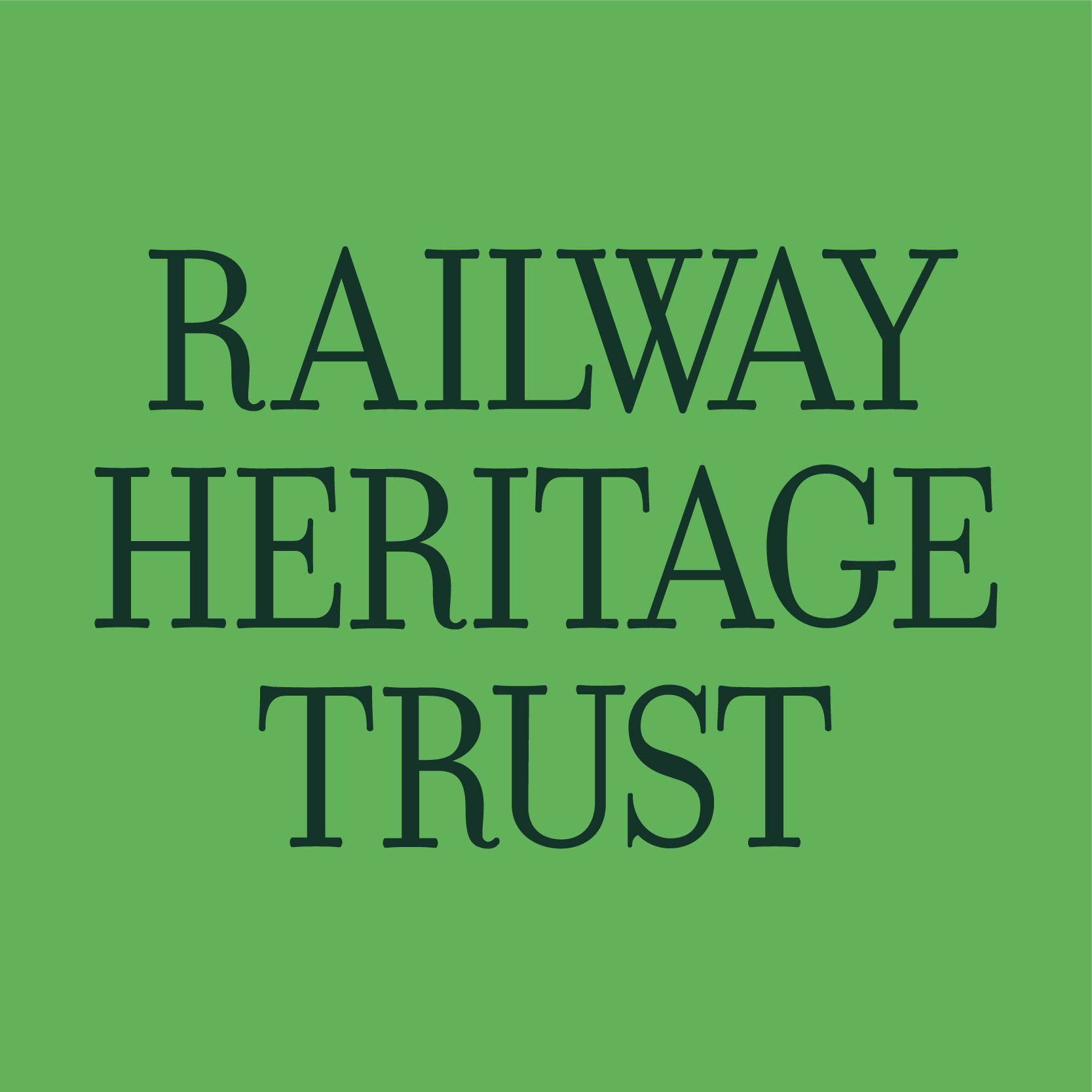INFORMATION for Applicants
Eligibility for Grants
1. Objectives of the Trust
The objectives of the Railway Heritage Trust are:
- to assist operational railway companies in the preservation and upkeep of listed buildings and structures; and
- to facilitate the transfer of non-operational premises and structures to outside bodies willing to undertake their preservation.
2. Eligibility
To be eligible for a grant, a project should concern the repair, conservation and restoration of a building or structure owned by, leased from, or to be sold by Network Rail or the Highways England Historical Railways Estate. In addition, such a building or structure should:
- normally either be listed, sited in a Conservation Area or be a scheduled Ancient Monument; or
- if listed and / or in a Conservation Area, be recorded as being ‘at risk’ by a local authority; or
- be, in the Trust’s view, of historic and / or architectural interest although without statutory protection; or
- have had original elements or features altered or known to have been removed, which can be reinstated; and
- if non-operational and in the above categories, where the proposal will enable either reoccupation or marketing and eventual sale or lease of the building or structure.
The Trust does not normally award grants for buildings and structures where the freehold does not lie with Network Rail or the Highways England Historical Railways Estate. However, when a building or structure is, or may be, leased out to a tenant who is outside the railway industry, then the tenant (actual or prospective) may apply directly to the Trust for a grant.
3. Eligible Activities
Repair, conservation and restoration works are eligible for grants. Safety costs and cyclical painting (other than as part of a project) are not grant-eligible. Design fees and project management costs are not usually grant-eligible. Cleaning of brickwork and stonework may be grant-eligible, but usually only when associated with repairs and / or restoration: the Trust pays close attention to the justification for such cleaning, and to the proposed method.
4. Conservation Standards
The Railway Heritage Trust pursues its objectives by seeking the highest possible standards of conservation. As examples of historic architecture and engineering, many railway buildings and structures have international standing. Therefore, applicants should normally employ appropriately qualified consultant architects and engineers for conservation schemes when they are seeking a grant from the Trust. Under certain circumstances, the Trust may make the employment of such consultants a condition of a grant award.
5. Alterations to Historic Buildings and Structures
The Trust shares the view, widely held in conservation circles, that continued or renewed use of historic buildings and structures is the best protection for them. Carefully designed changes, to accommodate purposes relevant to the present-day railway industry, are usually required. The Trust strongly supports the view that such changes should be carried out by a blend of careful conservation of historic fabric, with, where appropriate, interventions of good quality modern design which respect, but do not mimic or replicate, the fabric, thereby combining appropriate conservation practice with contemporary design.
6. Next Steps
If a potential applicant for a grant is satisfied that the proposed project meets the criteria set out in this document, they are invited to contact the Trust so that they can progress an application for a grant.
